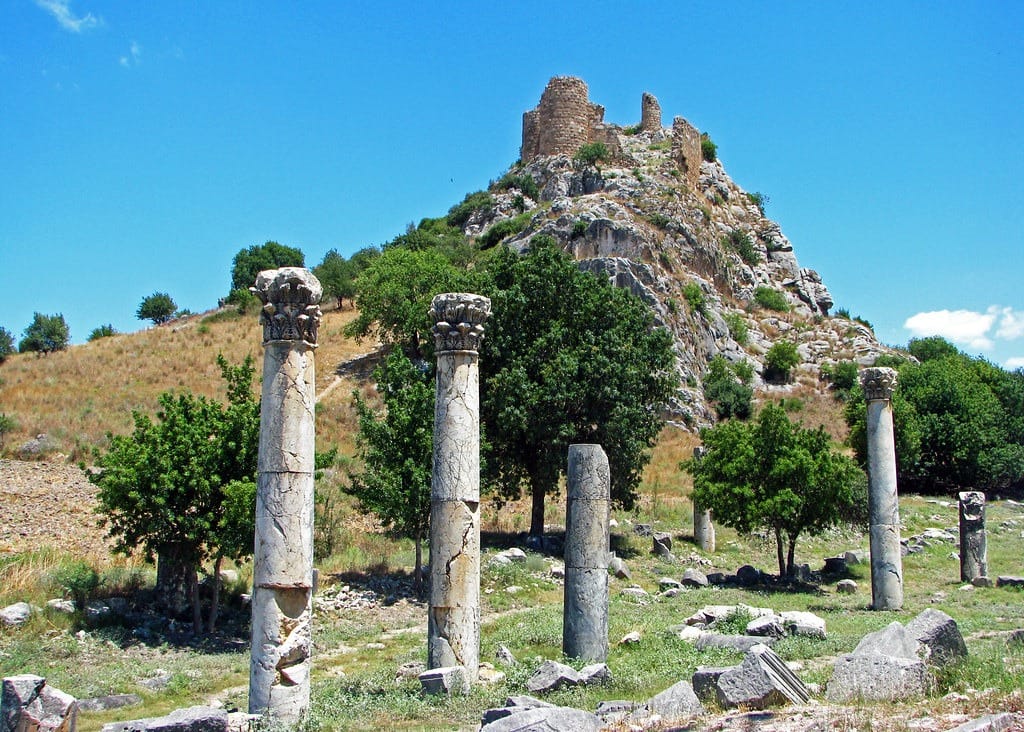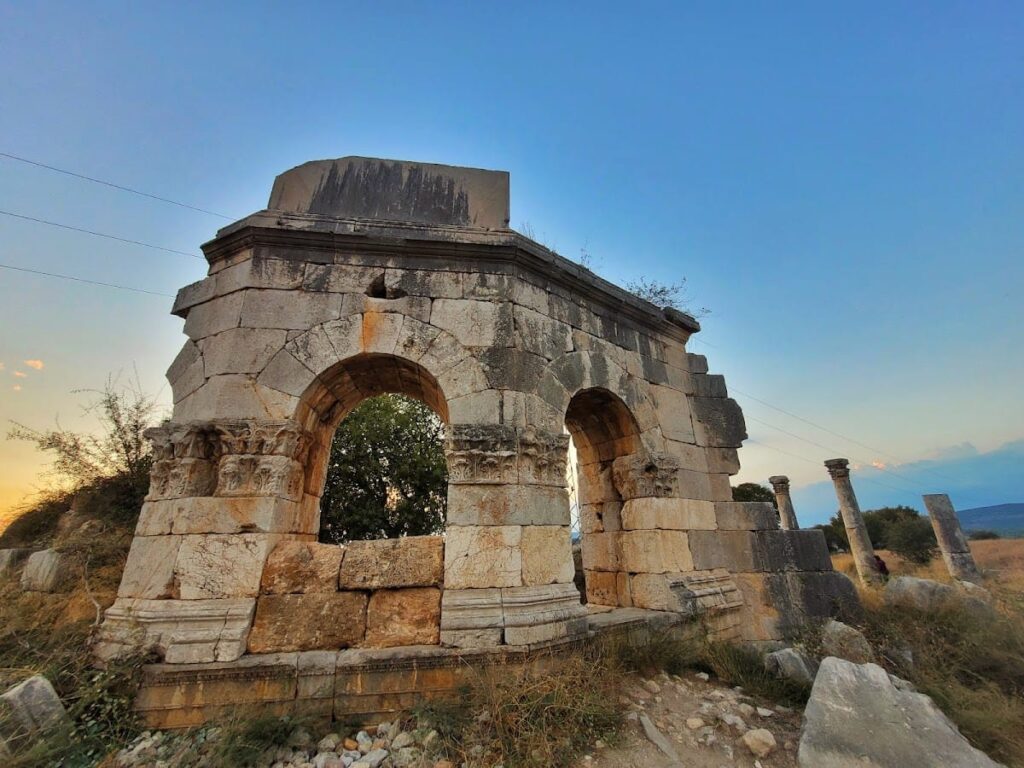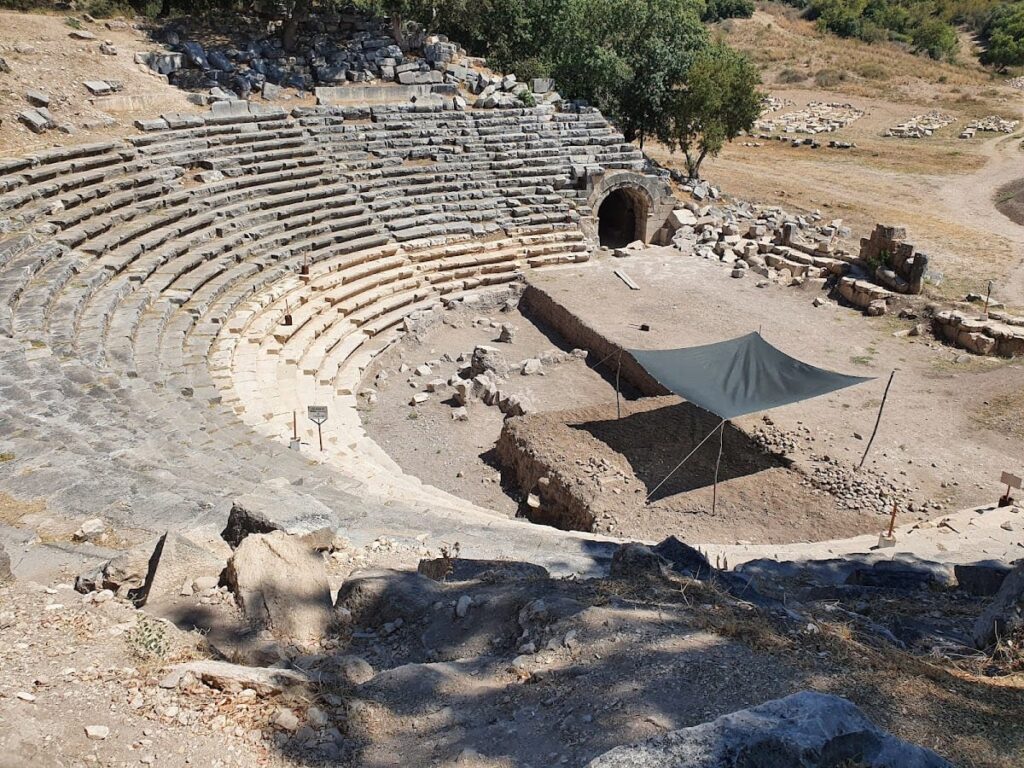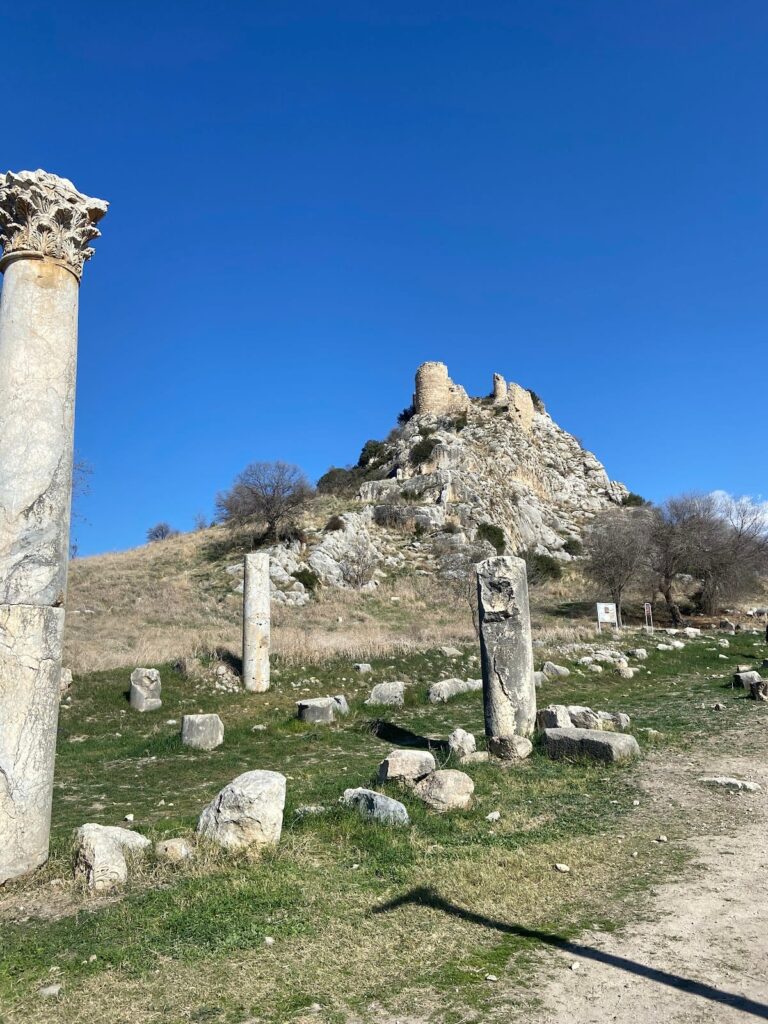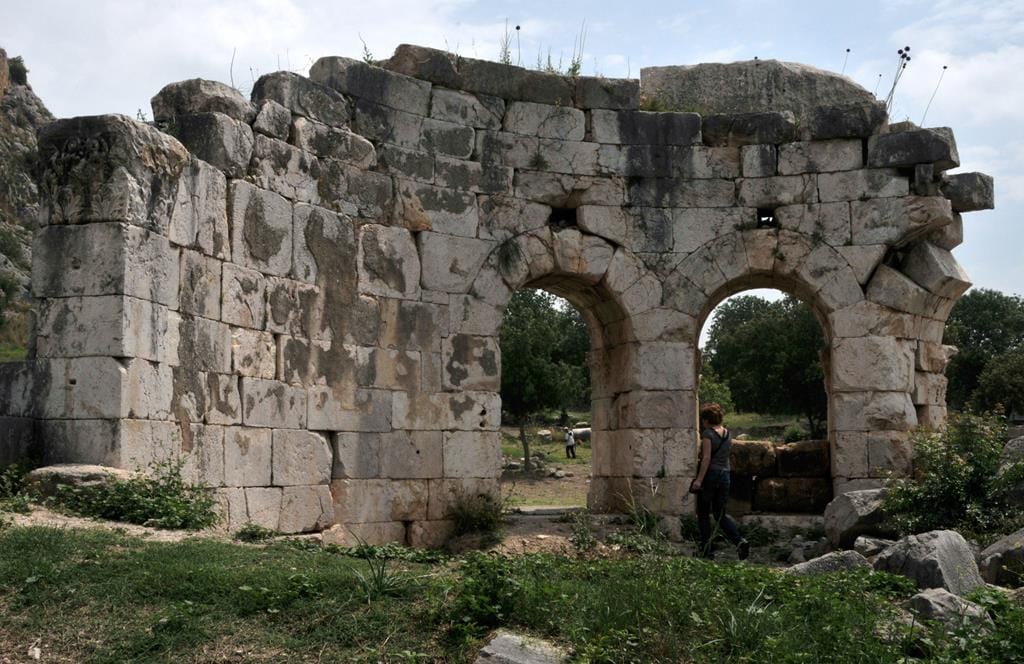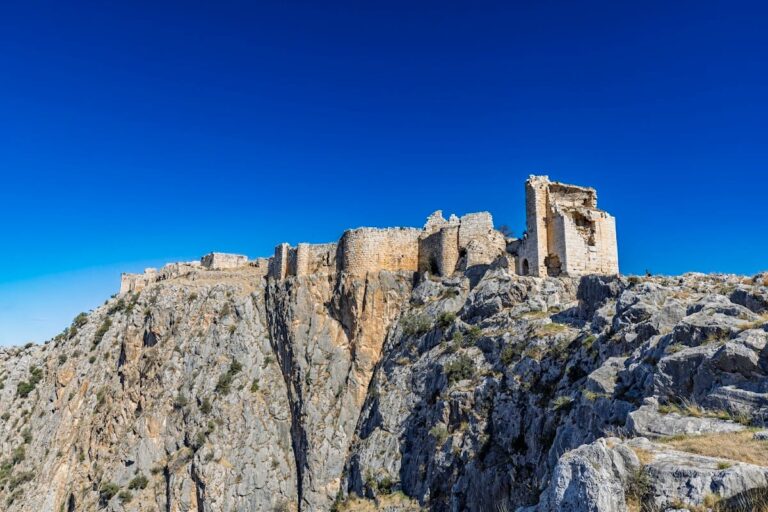Kastabala Ancient City: A Historical Site in Modern Turkey
Visitor Information
Google Rating: 4.5
Popularity: Low
Google Maps: View on Google Maps
Official Website: www.osmaniye.gov.tr
Country: Turkey
Civilization: Byzantine, Greek, Roman
Remains: City
History
Kastabala Ancient City is located in the municipality of Osmaniye Merkez in modern Turkey. The city began in the Late Hittite period and was established by peoples of Luwian cultural background. Situated near the Ceyhan River, known in antiquity as the Pyramus, it later became part of the Achaemenid Empire within the province of Cilicia.
The earliest named historical mention of Kastabala comes from the time of Alexander the Great, who halted there prior to the decisive Battle of Issos in 333 BCE. By around 200 BCE, the city had begun issuing its own coins, signaling growing local importance. During the Hellenistic period, under Antiochos IV, the city was re-founded and renamed Hierapolis, highlighting its integration into the wider Greek-influenced world.
During the 1st century BCE, Hierapolis served as the capital of a client kingdom led by Tarkondimotos I, a former Cilician pirate who allied himself with Roman leader Mark Antony. Tarkondimotos styled himself as Philantonius on local coinage. After Mark Antony’s defeat at Actium in 31 BCE, his successor Tarkondimotos II was appointed governor of the city by Emperor Augustus, reflecting a transition to direct Roman provincial administration. Cicero commended the city as a trustworthy ally beyond the Taurus Mountains and a loyal friend of Rome during this period.
The city developed a distinctive religious identity centered on the worship of Artemis Perasia. A temple dedicated to this deity served as a religious hub, and ancient sources like Strabo described fire-walking rituals performed there by priestesses who walked barefoot over hot embers without harm—though scholarly debate suggests there may be confusion with practices from another city.
In 260 CE, Hierapolis fell to the Sassanid king Shapur I, who captured Roman Emperor Valerian and expanded his dominion. Later in the 4th century CE, the city was seized by the Isaurian leader Balbinos during the reign of Emperor Theodosius I. Christianity became established early on; the city was a suffragan bishopric under Anazarbus and sent representatives to key ecumenical councils at Nicaea in 325, Ephesus in 431, and Chalcedon in 451.
Throughout the Roman imperial and early Byzantine eras, Hierapolis reached its peak urban development and regional significance. However, after the Crusades, it diminished in importance. In the medieval era, a fortress known as Bodrum Kalesi was constructed on the site under the Armenian Kingdom of Cilicia and later occupied by the Ramazanoğulları dynasty in the 13th century.
Archaeological identification of Kastabala began in 1890 through the efforts of British archaeologist J. Theodore Bent. Surface surveys indicate that much of the city’s pre-Roman history remains insufficiently explored.
Remains
Kastabala’s layout features a network of colonnaded streets and public buildings reflecting urban planning from the Roman and early Byzantine periods. The main thoroughfare ran roughly west to east, stretching about 200 meters in length and 11 meters in width, lined with columns adorned with Corinthian capitals—the ornate tops characteristic of classical architecture.
To the south of this principal street lie the remnants of an early church, situated near the eastern end where the temple dedicated to Artemis Perasia once stood. This temple likely formed the cultic heart of the city. Eastwards from the temple, seating for roughly fifteen rows remains visible from the city’s theater, which served as a venue for public performances and gatherings.
A secondary colonnaded street, oriented parallel and to the south of the main avenue, extended approximately 300 meters, although much of it has been lost over time. Along this street, archaeologists have uncovered remains of Roman baths, which offered communal bathing facilities, as well as a second church, underscoring the city’s continued religious activity in the later periods.
To the north of the main colonnaded streets rises a rocky outcrop roughly 35 meters high, identified as the site of the ancient acropolis—the fortified high point of the city. The medieval fortress known as Bodrum Kalesi now occupies this promontory. This fortress includes six towers, with the lower section of the southern tower used as a cistern for water storage. The fortress was subsequently abandoned and now exists in a partially preserved state.
Beyond the fortress to the north are more archaeological traces of churches, along with several rock-cut tombs carved directly into the bedrock, indicating burial practices in the area. Surrounding the settled area, a defensive city wall dating to the 4th century CE encircled Kastabala, reflecting the need for protection during turbulent times.
Excavations within the city have revealed shops, bathing complexes, multiple churches from the 5th century CE, and the theater structure, all testifying to Kastabala’s considerable development during the Roman and early Byzantine phases. Together, these remains illustrate a city that evolved over many centuries, adapting through changes of empire, faith, and society.
